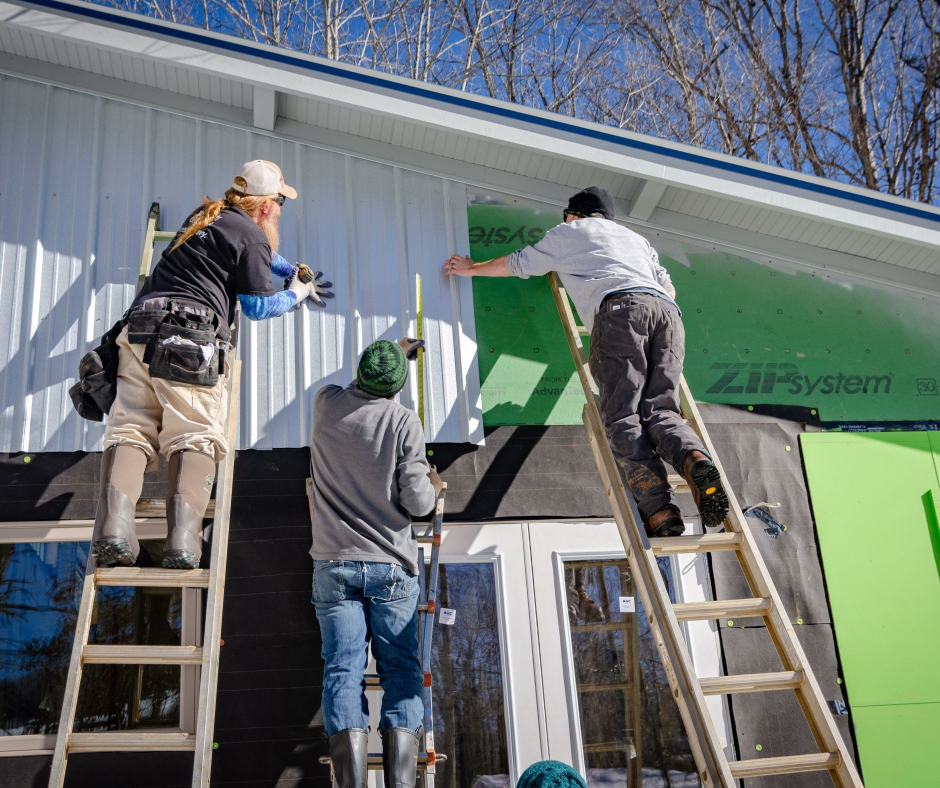Fix-and-Flip Ground-Up Construction Loans
This guide covers fix-and-flip ground-up construction loans. Fix and flip ground-up construction loans are two distinct real estate investment strategies. In this following sections, we wil clarify each strategy of fix-and-flip ground-up construction loans.
Private moneyh fix-and-flip ground-up construction loans do not require income tax returns, financials, minimum credit scores, or financial statements.
Real estate developers and investors can purchase a short-term fix-and-flip ground-up construction loans without income tax returns, no doc, and no minimum credit score requirements. In the following sections of this guide, we will discuss fix-and-flip ground-up construction loans.
What Is a Fix and Flip
This strategy involves purchasing a property that requires repairs or renovations at a relatively lower price, making the necessary improvements, and then selling it at a higher price to make a profit.
Fix-and-Flip projects is when a builder or investor purchases a fixer-upper, renovates the property, and sells the project for a profit. Time is money for fix-and-flip investors.
The key is to add value through renovations and enhancements. Investors typically focus on properties that have cosmetic or structural issues that can be addressed to increase the property’s appeal and value. The goal is to complete the renovations quickly and sell the property within a short timeframe.
How Does Ground-Up Construction Work
Ground-up construction refers to building a property from the ground up on an empty plot of land. This involves all phases of construction, from planning and design to obtaining necessary permits, actual construction, and finishing touches.
Fix-and-flip takes less time and easier to finance than ground-up new construction loans since the infrastructure exist. Ground-up construction requires designing and creating a brand new structure.
The ground-up construction strategy requires a more substantial investment of time and money compared to fix-and-flip, as it involves creating a new structure from scratch. The fix-and-flip loans and ground-up construction loans can be combined using the two strategies which we will discuss in the following sections.
Fix and Flip with Ground-Up Construction
The real estate investor will identify a suitable piece of land in a desirable location. Research the local market to understand the demand for new construction. The investor will work with architects and designers to create a plan for the new property.
Consider factors such as market trends, target demographics, and local building codes. Secure funding for both the land purchase and the construction costs. You may need a construction loan that can cover the different stages of the project.
Real estate investors and developers oversee the construction process, working with contractors, subcontractors, and other professionals. They also monitor progress to ensure that the project stays on track and within budget.
New Construction Process
While the new construction is underway, you could also identify opportunities for value-added renovations in the existing property, if applicable. This could include upgrades to landscaping, outdoor spaces, or any existing structures on the property.
Once the new construction is complete and any renovations are done, list the property for sale. Highlight the benefits of a brand-new property in a desirable location. This could attract buyers who are looking for a turnkey solution.
Combining these two strategies requires a solid understanding of both fix and flip dynamics and ground-up construction challenges. It also demands careful financial planning and effective project management skills. Remember that real estate markets can be unpredictable, so conducting thorough market research and feasibility studies is essential before embarking on such a project.

